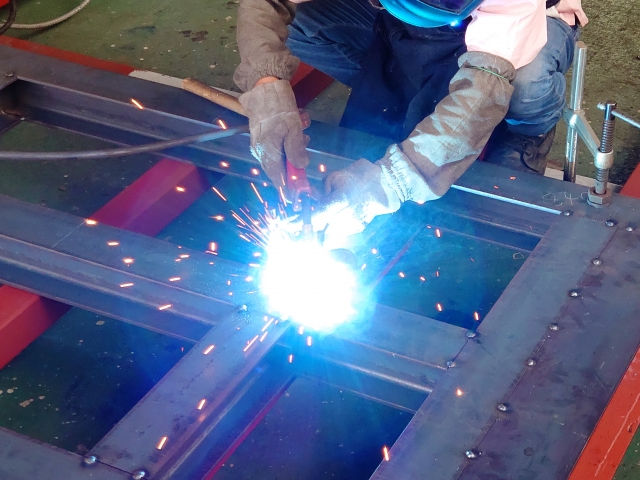Gating of film gates.
- SANKO GOSEI
- Jan 18, 2023
- 2 min read
Resin moulded products produced by injection moulding always leave marks on the runners, which are the pathways for the resin.
If they are as small as plastic models, they can be made less noticeable by using nail clippers or nippers, but if they are car parts, the gates are thicker and larger.
However, when it comes to automotive parts, the gates are thicker and larger.
In particular, wide gates such as film gates cannot be removed with nippers, so a secondary process is required.
A secondary machining process is required.

Although it is possible to process the gates with a metal file, this is a manual process, which not only takes time and is hard on the operator, but can also damage the important design surface.
Then, hot cutters and ultrasonic cutters, which are also commonly used in mass production processes, can be used for the following reasons.
The amount of gate residue is too large, causing welding burrs, which in turn increases the number of processes.

This is why we turned our attention to cutting with a milling machine. This method is good because it does not produce welding burrs and the machining time is short, but the milling machine can only move the end mill on the X, Y and Z axes, so it is necessary to be a little creative when the product shape has a curved surface.

The approach is to create a jig when fixing the resin moulding and deform the resin moulding so that it is straight. Cutting is carried out in this state, enabling curved surfaces to be machined in a single axial movement. Depending on the curvature of the product, processing may not be possible.
In the case of large moulded products, using a hot runner requires more initial investment than using a cold runner, but there is no need to worry about gate processing and fewer runners are disposed of, which contributes to recycling and SDGs.
This may contribute to recycling and the SDGs.
~ Related Articles ~ What is Resin Flow Analysis? 3D printer: Introduction of gas venting nesters Introduction to Metal Optical Molding Gas Venting Inserts Molding Technology: Differences in Runner Types CAE: Hot Runner Valve Gate










Comments